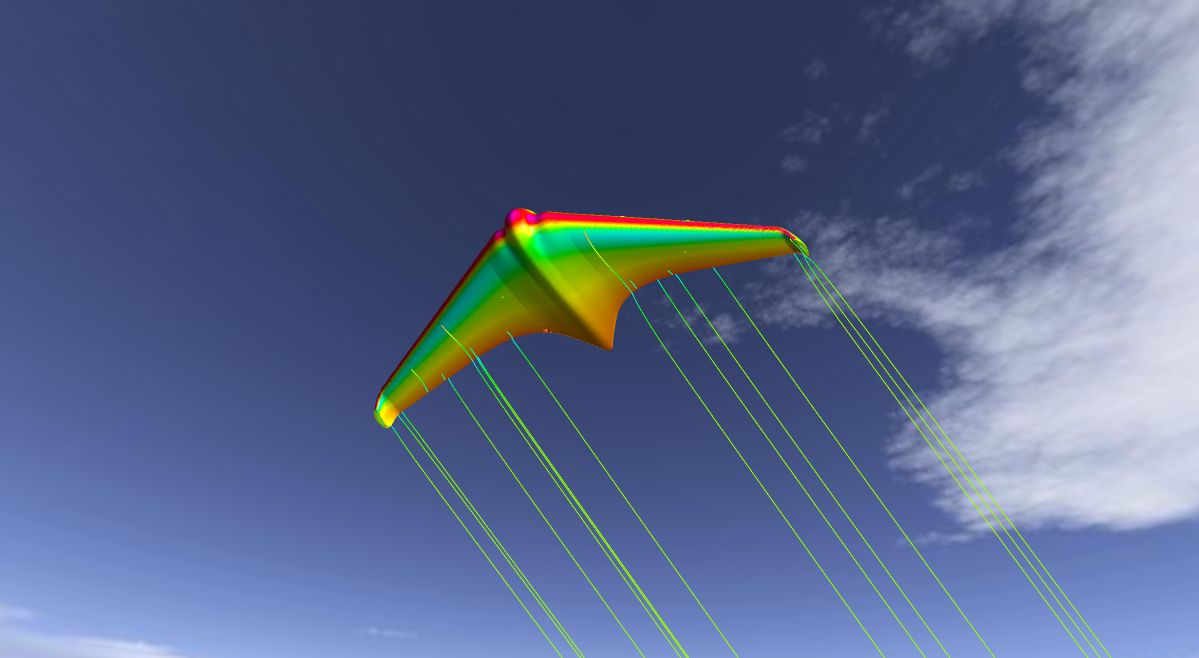


NACA 6, 7, and 8 series have been designed to highlight some aerodynamic characteristics. NACA 7 and 8 airfoils can be described in similar fashion. The next number, 4, indicates the design lift coefficient of 0.4, and the last two digits (12) again mean the maximum thickness in the percentage of chord. In this airfoil, the first digit (6) indicates the series for which the minimum pressure's position in tenths of a chord is indicated by the second digit (5), the subscript (2) indicates the range of lift coefficient of 0.2 above and below the design lift coefficient where a low drag can be maintained, in this case, 2. It is found that the theory is applicable for real airfoils within specific range of angle of attack and defined accuracy. The illustration shows a NACA airfoil-NACA 65 2-415 a NACA 6-digit airfoil. The airfoil name will also automatically be altered as these parameters are changed according to convention. That means that this airfoil has a maximum camber of about 20% of the chord located at 15% of the chord from the leading edge (3/10 divided by 2) and is 12% thick. The NACA 6-Series airfoil profile is automatically generated according to the series designation (63, 64, 65, etc.), the ideal lift coefficient, and the thickness to chord ratio and the functions that specify the airfoil shape. Summary of Airfoil Data The historical development of NACA airfoils is briefly reviewed. The National Advisory Committee for Aeronautics ( NACA) was a United States federal agency founded on March 3, 1915, to undertake, promote, and institutionalize aeronautical research. New data are presented that permit the rapid calculation of the approximate pressure distributions for the older NACA four-digit and five-digit airfoils by the same methods used for the NACA 6-series airfoils. Airfoil coordinates are displayed in the visualisation window and can be. Summary of Airfoil Data The historical development of NACA airfoils is briefly reviewed. In a NACA 5-digit series (NACA 23012), the first digit (2) means the approximate camber in the percentage of chord, the second digit (3) indicates twice the position of the maximum camber in tenths of a chord, the third digit is either 0 or 1 and distinguishes the type of mean camber line, and the last two digits (12) give the thickness in the percentage of chord. 48 A NACA 4412 airfoil generated within the airfoil design module. The illustration shows a NACA 2412 airfoil. In a NACA 4-digit airfoil, the first digit expresses the camber in the percentage of chord, the second digit gives the location of the maximum camber point in tenths of a chord, and the last two digits give the thickness in the percentage of arc. This can be done by describing the airfoil using 4, 5, 6, 7, or 8 digits. Print(np.interp(0.NACA (National Advisory Committee for Aeronautics) airfoil.A method of indicating characteristics of an airfoil. Print(np.interp(0.98929, intrados, intrados)) The laminar-flow airfoils (NACAs six series) were shaped with their maximum thickness far back from the leading edge. # Now you can use np.interp as you'd like. Intrados = intrados)]Įxtrados = extrados)] # Sort arrays along column 0, for np.interp to work Naca = np.genfromtxt(naca.split('|'), delimiter=',')
#Naca airfoil how to#
# I've used a string here, but you can find resources how to read your csv.

#Naca airfoil code#
But as you've asked for splitting the profile into upper and lower parts and then making interpolation work, this code can help you. Well I can't say I've fully understood the "circle" part exactly. Martha Figueroa ataca a Kimberly Loaiza por actitud a fans 'que nacada y majadería es esa'.


 0 kommentar(er)
0 kommentar(er)
